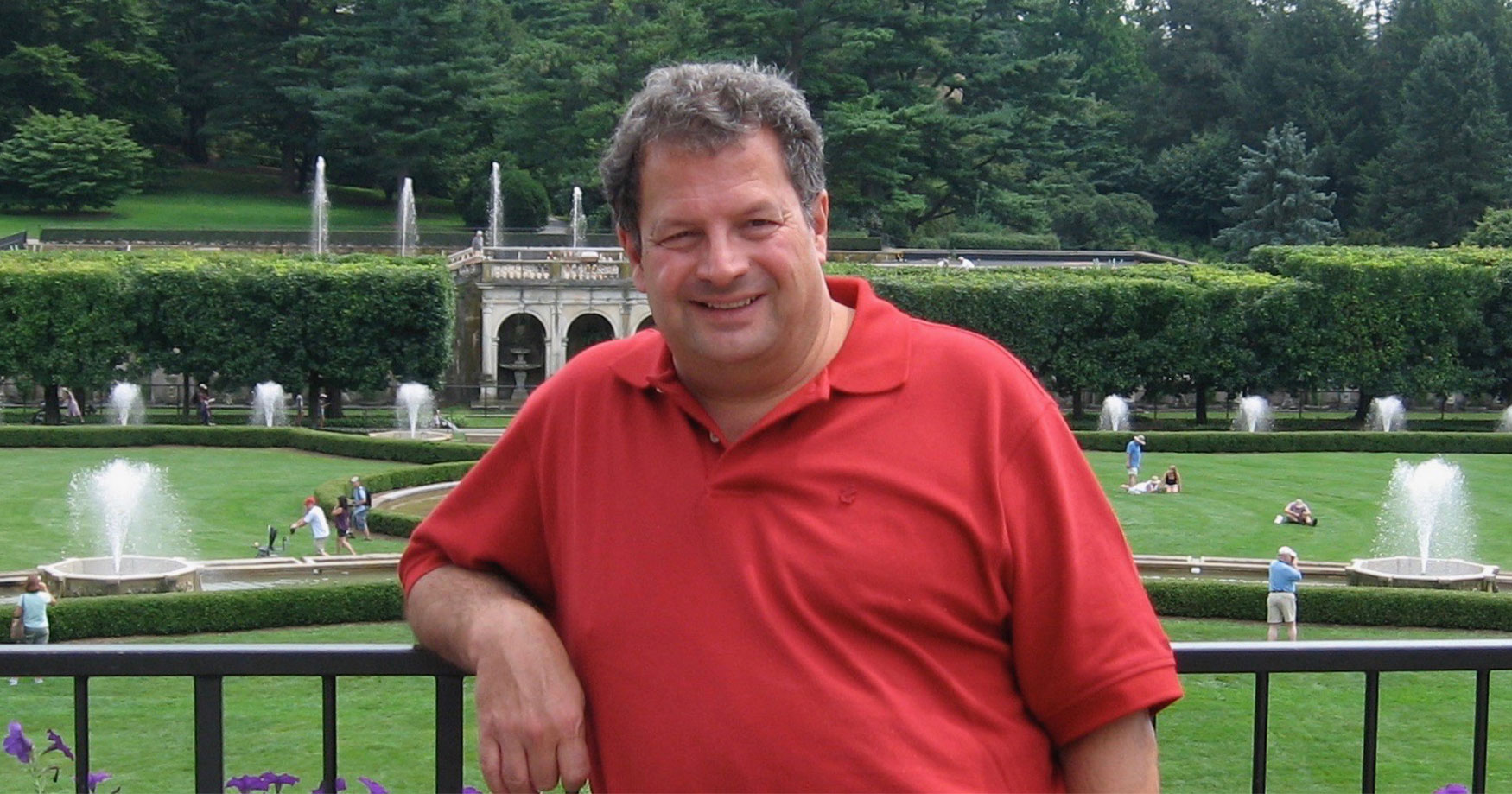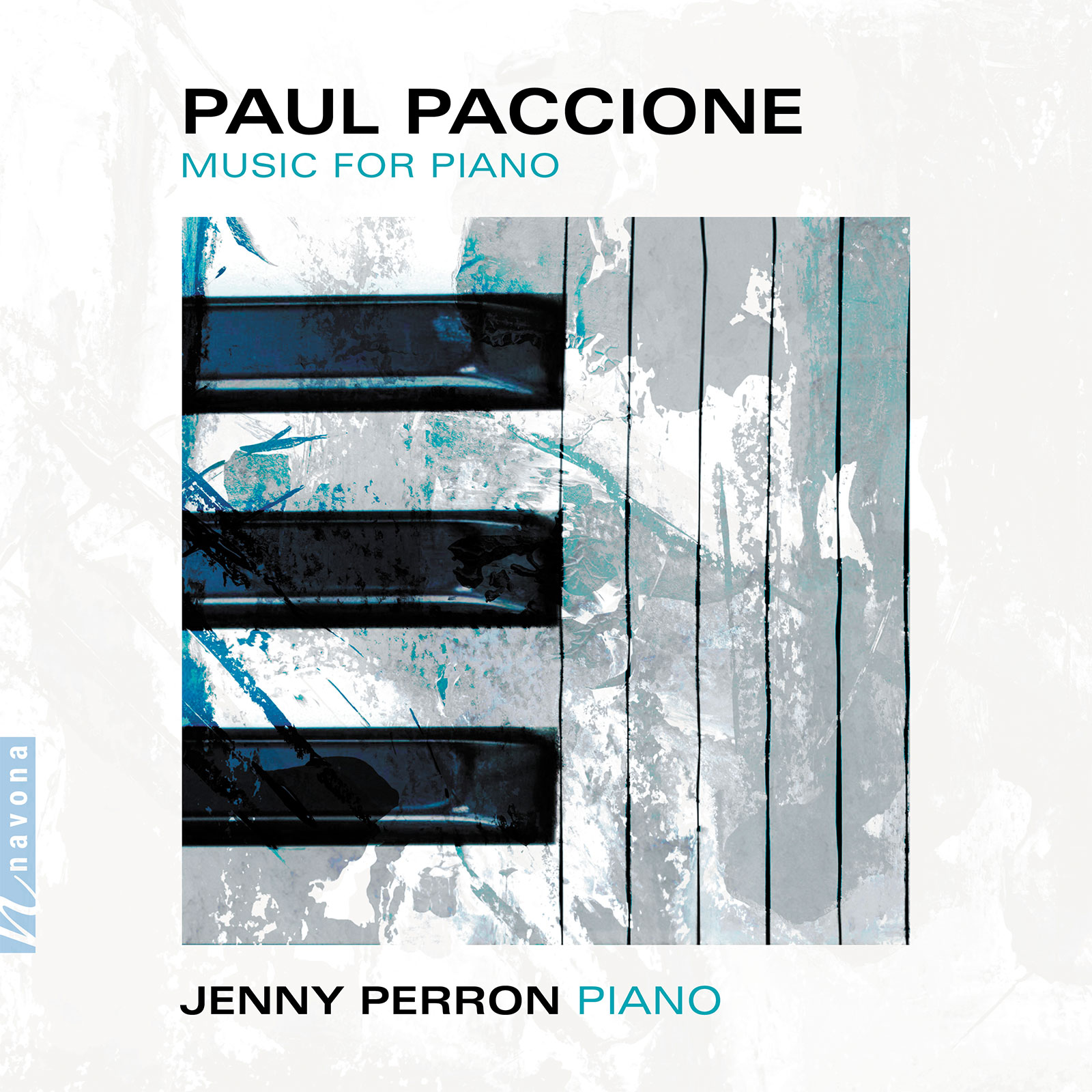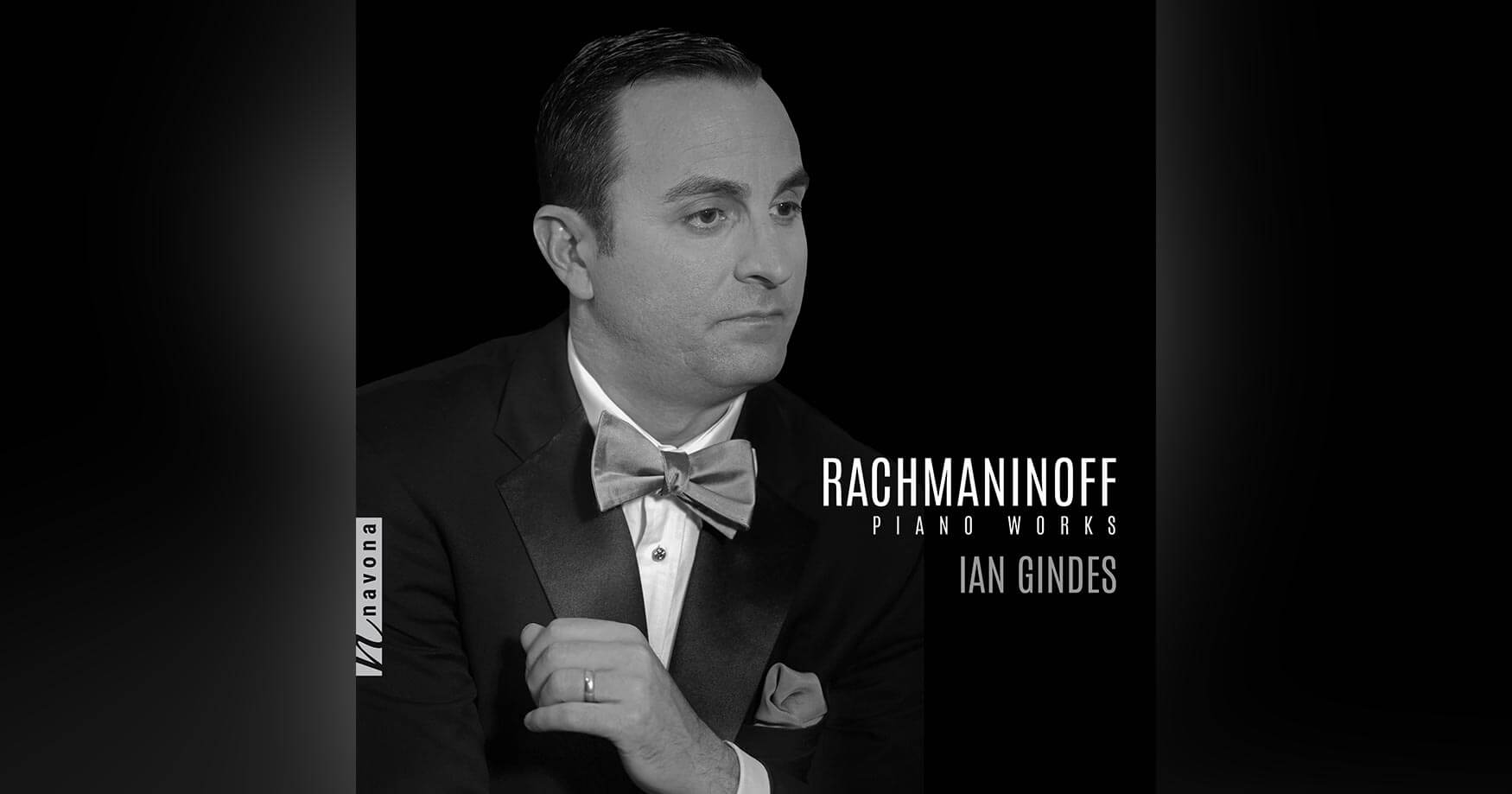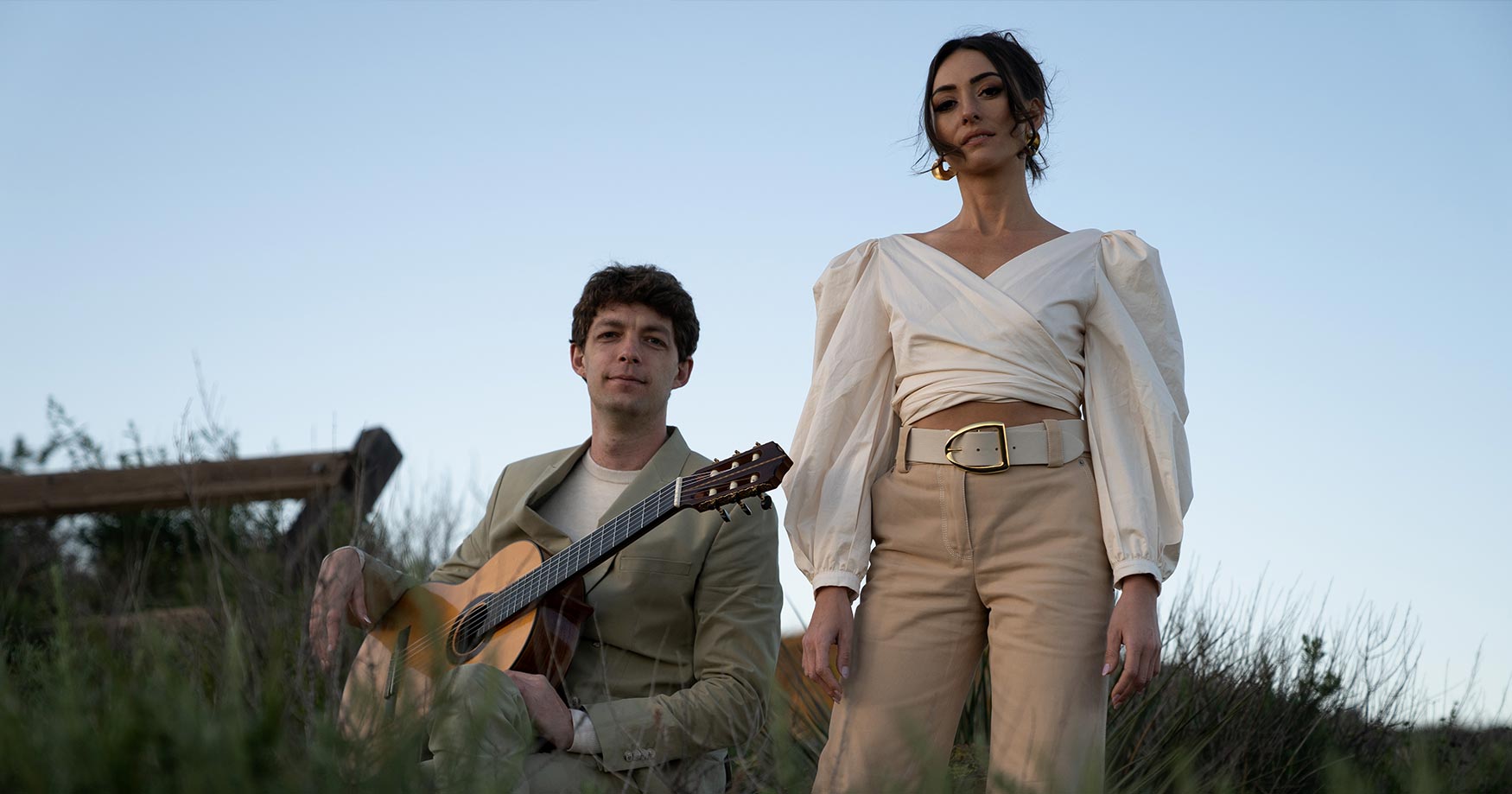MUSIC FOR PIANO from Paul Paccione is a collection of solo piano pieces he composed for noted pianist Jenny Perron. Paccione’s compositions are carefully crafted to highlight and build upon Perron’s unique musical gifts, moving freely among various coloristic harmonies with a through line of lyricism running throughout.
Today, Paul is our featured artist in “The Inside Story,” a blog series exploring the inner workings and personalities of our artists. Read on to learn how avant-garde music inspired Paul to start composing…
Who was your first favorite artist(s) growing up?
Growing up in the 1960s, my favorite artist was Bob Dylan. The range and scope of musical styles and traditions he explored, and the strange, mysterious ways he reinvented and intertwined them, was astounding. The many conflicting states of consciousness he mined in his songs — romantic longing, anger, sarcasm, humor, irony, ambivalence — articulated and spoke directly to me, as well as my generation’s own sense of anxiousness, conflict, doubt, and struggle in a way that no other artist had ever done before or has done since. He was my generation’s Shakespeare, and as the literary critic Harold Bloom once said of Shakespeare: “he invented us,” and without him “we would not have seen ourselves as what we are.”
When did you realize that you wanted to be an artist?
I began serious music study as an undergraduate at the Mannes College of Music in New York City in the early 1970s. Not only Mannes but also the city itself became an important part of my education. I immersed myself in everything it had to offer: museum exhibits, theatre, art house movies, and concert performances.
It was a fertile period for the production and performance of contemporary music and modern music was an important part of the city’s artistic culture. Pierre Boulez was the recently appointed music director of the New York Philharmonic and he regularly programmed the classic modernist music of the early part of the century. In addition, his innovative Prospective Encounters series and Rug concerts provided a venue for the more recently written music. Elsewhere in the city, one could find regular performances of the music of John Cage and Morton Feldman as well as other American experimental composers. In Soho, the music of the emerging minimalist composers was being presented. Just around the corner from Carnegie Hall, the most recently published new music scores were readily available for browsing and purchase at Patelson Music House. My first composition teacher, Harley Gaber, was actively involved in organizing and presenting new music concerts at the Museum of Modern Art and other venues. Through him I came in contact with a diverse community of performers and composers, a community of artists that I hoped to one day become a part of.
If you could instantly have expertise performing one instrument, what instrument would that be?
I began my undergraduate music study with a focus in classical guitar and I dedicated much of my time to practicing my instrument. During my sophomore year I was exposed to 20th century avant-garde music. This opened up a whole new world of musical sounds and forms of expression to me, and it inspired me to begin composing. The time I spent practicing guitar was now focused on music composition and has continued to be ever since.
I still love listening to guitar music, particularly transcriptions of J.S. Bach and John Dowland. If I could instantly gain expertise on one instrument now it would — once again — be classical guitar, and I would love to be able to perform Joaquin Rodrigo’s Concierto de Aranjuez for guitar and symphony orchestra.
What was your favorite musical moment on the album?
Each individual composition bears a trace of what has preceded it and each individual composition holds itself open to works that will follow. In this sense, there are no clearly defined boundaries between compositions.
Among my favorite moments on MUSIC FOR PIANO are those passages that present potential for further exploration and expression in future compositions. For example, there are moments in Book of Hours where the rolled arpeggio chords, played with the sustaining pedal depressed, produce sympathetic vibrations from the open strings of the piano — pitches that are not written in the score. It would be interesting to see if these mysterious phantom sonorities could be captured and orchestrated for a chamber ensemble and form the basis for a new composition.
What does this album mean to you personally?
Personally, the album is the culmination and product of a long productive collaboration between a composer (myself) and a performer (pianist Jenny Perron). It represents a chronicle of the interactive creative process from conception, to composition, through performance, recording, and production.
Is there a specific feeling that you would like communicated to audiences in this work?
“In reading a poem or listening to a piece of music the listener makes it his own,” wrote composer Roger Sessions, and “in many respects, it is the individual imagination of the listener that plays a role in defining the musical emotion.”
In this important sense, I have no specific preconceived notions or expectations of what it is I want the listener to take away from my music, other than that the listener remain open to the capacity to be touched and moved by what one hears, to be intertwined with, and in the best of circumstances, to be enchanted by it.
Explore Paul’s Latest Release
MUSIC FOR PIANO
MUSIC FOR PIANO is available now from Navona Records. Click here to visit the catalog page and explore this album.




